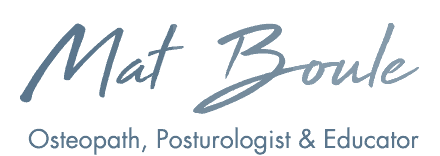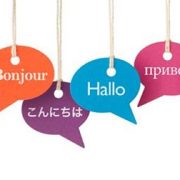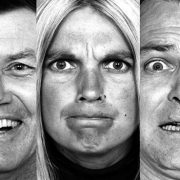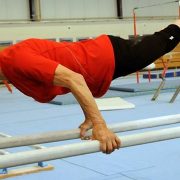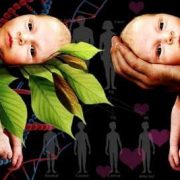Language and the brain
Recently, researchers from California University have studied the brain of many individuals in order to map out the way our brain responds to language.
It was a sort of semantic atlas that the researchers were able to define. The purpose of this atlas is to define the areas of the brain that respond to words that have similar meanings.
What’s interesting is that different individuals posses a similar atlas. Researchers were even surprised as to how similar the maps were in the various subjects that were studied.
With Posturology, we respect differences but the more calibrated individuals are, the more we realize that similarities are not rare. As such, it has to be mentioned that Posturology contributes to the activation of the language areas.
In the brain, you find Broca and Wernicke areas, both in the left hemisphere. As a child is developing on a motor standpoint between the ages of 0 to 6 years old, his brain gets activated just about equally. As of age 7, there is supposed to be one hemisphere that becomes dominant. In 97% of the cases, that is the left hemisphere and it makes you right handed.
One has to remember that it is by integrating key primitive reflexes and motor patterns that this development is assured. In Posturology, if we see that certain of those key movements are not mastered, we train them. We train these movements until they are mastered. As we do so, it is the entire brain that we light up. That is the Posturology advantage!
